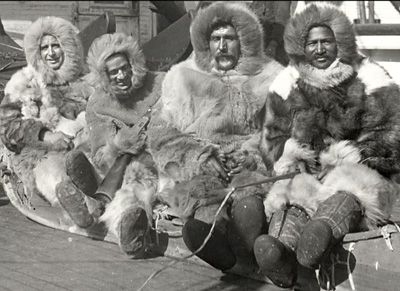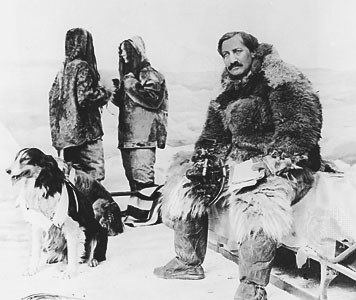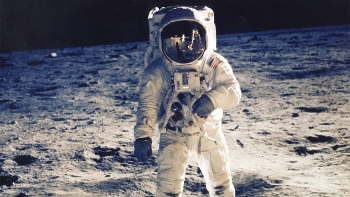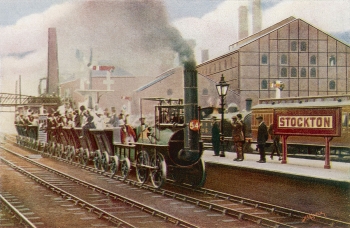Who is the First Person to reach the North Pole?
The first person reach the North Pole has long been curiosity. Unlike the South Pole, the North Pole is located in the middle of an ocean (the Arctic Ocean, also known as Polynia or the Open Polar Sea) whose waters are almost permanently covered with constantly shifting sea ice. Early attempts to reach the North Pole in the 19th century all failed. British naval officer William Edward Parry was forced to turn back in 1827, as was the American Charles Hall in 1871. In 1895, Norwegian explorers Fridtjof Nansen and Fredrik Hjalmar Johansen got to 86 degrees 14’ north before being forced back, and an expedition led by the Italian Luigi Amedeo made it to 86 degrees and 34’ in 1899 before admitting defeat.
Who reached the North Pole has long been controversal
The first person to reach the North Pole has long been a matter of controversy and debate between two American explorers, and their supporters, both of whom claimed to have been the first, and both of whom disputed the other's claim as a fraud, whether intentional or not. Robert Peary, travelling with Matt Henson (USA), indicated he had reached the North Pole on 6 April 1909, however Frederick Cook, claimed he had done so a year earlier, on 21 April 1908. Despite investigations into the claims (both at the time and since) neither can be unquestionably proven, cites guinnessworldrecords.com.
 |
| Robert Peary, travelling with Matt Henson (USA) (Photo: Pinterest) |
Just after the turn of the century, however, two arctic explorers claimed to have reached the North Pole. The American explorer Frederick Albert Cook claimed to have reached it on April 21, 1908, with two Inuit men, Ahwelah and Etukishook, but he was unable to produce convincing proof and his claim is not widely accepted. Accordingly, “the conquest of the North Pole was for many years credited to US Navy engineer Robert Peary, who claimed to have reached the Pole on April 6, 1909, accompanied by Matthew Henson and four Inuit men named Ootah, Seeglo, Egingwah, and Ooqueah. However, Peary’s claim remains controversial. The party that accompanied Peary on the final stage of the journey included no one who was trained in navigation and could independently confirm his own navigational work, which some claim to have been particularly sloppy as he approached the Pole. The distances and speeds that Peary claimed to have achieved once the last support party turned back seem incredible to many people, almost three times that which he had accomplished up to that point. Peary’s account of a journey to the Pole and back while traveling along the direct line – the only strategy that is consistent with the time constraints that he was facing – is contradicted by Henson’s account of tortuous detours to avoid pressure ridges and open leads”.
Robert Peary almost reaches the North Pole
 |
| Robert Peary (Photo: Pinterest) |
On April 6, 1909, American explorer Robert Peary accomplishes a long elusive dream, when he, assistant Matthew Henson and four Eskimos reach what they determine to be the North Pole. Decades after Peary’s death, however, navigational errors in his travel log surfaced, placing the expedition in all probability a few miles short of its goal.
Peary, a U.S. Navy civil engineer, made his first trip to the interior of Greenland in 1886. In 1891, Henson, a young African American sailor, joined him on his second arctic expedition. Their team made an extended dogsled journey to the northeast of Greenland and explored what became known as “Peary Land.” In 1893, the explorers began working toward the North Pole, and in 1906, during their second attempt, they nearly reached latitude 88 degrees north–only 150 miles from their objective.
In 1908, the pair traveled to Ellesmere Island by ship and in 1909 raced across hundreds of miles of ice to reach what they calculated as latitude 90 degrees north on April 6, 1909. Although their achievement was widely acclaimed, Dr. Frederick A. Cook challenged their distinction of being the first to reach the North Pole. A former associate of Peary, Cook claimed he had already reached the pole by dogsled the previous year. A major controversy followed, and in 1911 the U.S. Congress formally recognized Peary’s claim.
 |
| Frederick Abert Cook (Photo: Britannica) |
| In recent years, further studies of the conflicting claims suggest that neither expedition reached the exact North Pole, but that Peary and Henson came far closer, falling perhaps 30 miles short. On May 3, 1952, U.S. Lieutenant Colonel Joseph O. Fletcher of Oklahoma stepped out of a plane and walked to the precise location of the North Pole, the first person to undisputedly do so. |
*Complete List of the First in the World HERE
 What is the First University in the World What is the First University in the World The First University in the World: Over the centuries, the University of Al-Karaouine became a key spiritual and educational center in the Muslim world founded ...
|


























